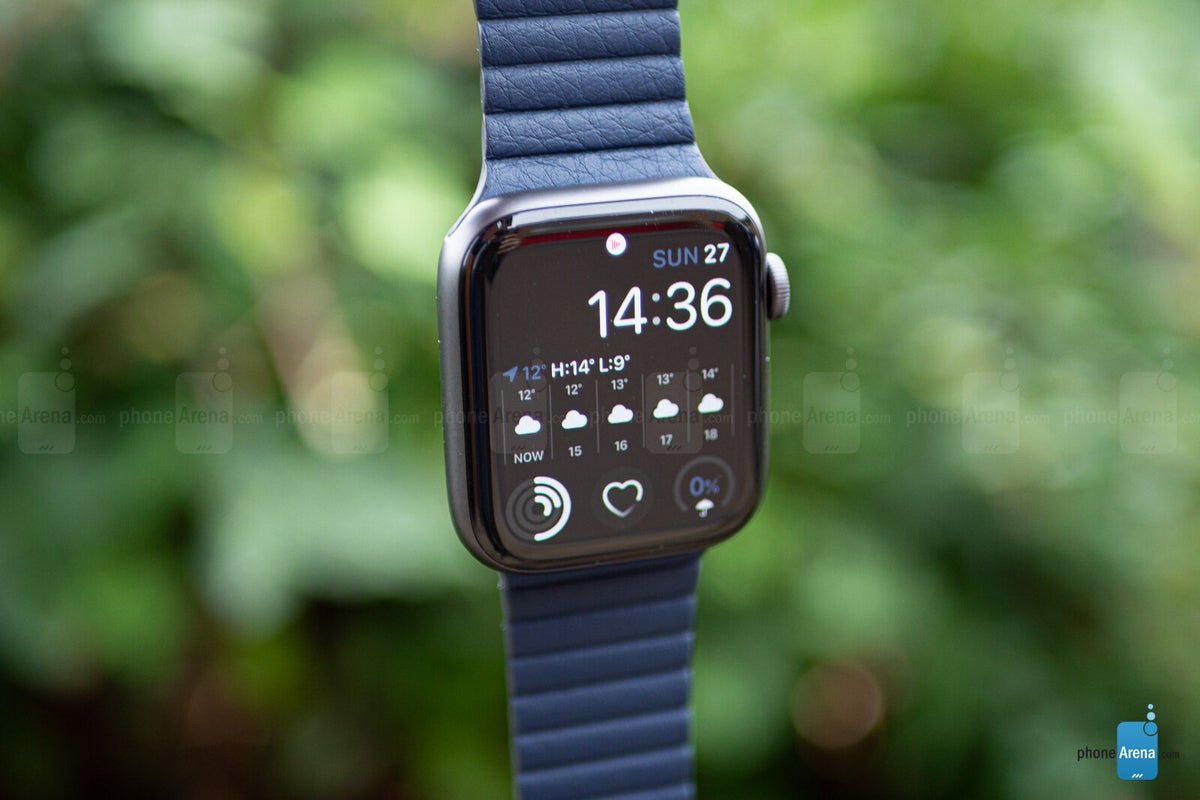Is a smaller Apple Watch with a bigger battery on the way?

Illustration of Apple’s new patent application for the Apple Watch
Apple states in the patent application that “Electronic devices are increasingly common in the modern world. These electronic devices include any of several input or output components to interact with the user. Traditionally, electronic devices include one or more buttons or electromechanical switches to provide input. However, as devices become smaller, there is less space to integrate traditional button-type input devices. Some devices include a touch sensor or touch screen to receive input. However, the sensors touch devices generally do not have mechanical feedback to alert the user that an entry has been logged in. The systems and techniques described in this document are aimed at a haptic device that can be used to provide tactile feedback to a user while operating the device. the modalities described here are directed to a haptic device that is and moves a battery element in order to produce a noticeable pulse or vibration along an external surface of the device. “
The watch’s battery would have to be able to move to create the vibrations needed to produce tactile feedback. The patent describes some of the methods that Apple is testing to make the battery move. The patent explains part of the mathematics involved. “The lower the mass of the haptic device, the further it may need to move the mass to produce the same haptic output,” says the document. “For example, a first mass half the size of a second mass can move twice as far to generate the same haptic output magnitude.”
Longer battery life is on the wish list of almost every human who uses an Apple Watch every day. But there is always the possibility that Apple will go ahead and replace the independent Taptic engine with the battery, but decide to reduce the size of the last component anyway.
The Apple Watch Series 7 may launch next September with another important health monitoring feature. If the latest rumors are legitimate, the watch will monitor users’ blood glucose levels. This is important for diabetics who depend on insulin, as they need to know this number to determine how much insulin to inject before each meal. To obtain this number, the diabetic currently needs to poke himself with a small needle called a lancet and measure the blood in a machine called a glucometer. The process is painful and expensive (the test strips needed for each test are not cheap). Apple and Samsung plan to offer on their next watches, a non-invasive method for determining the user’s blood sugar measurement.
